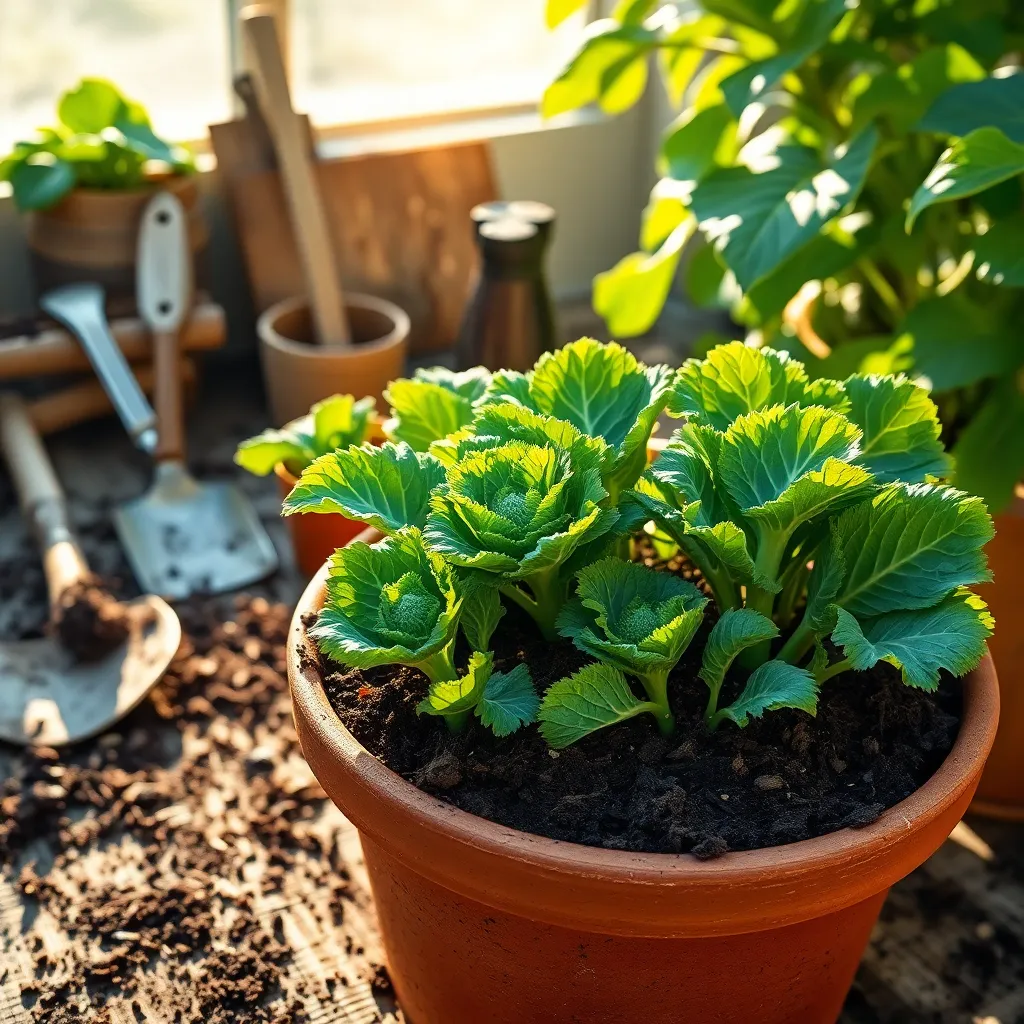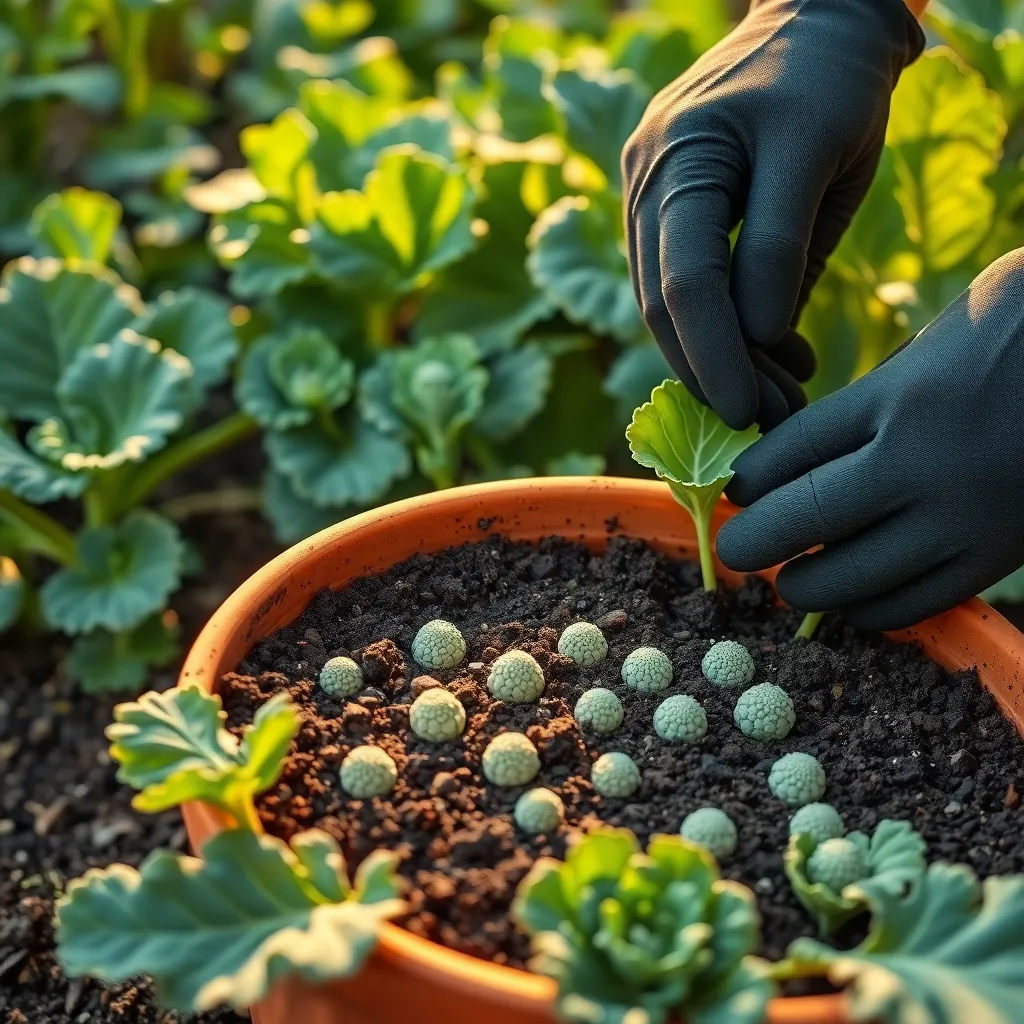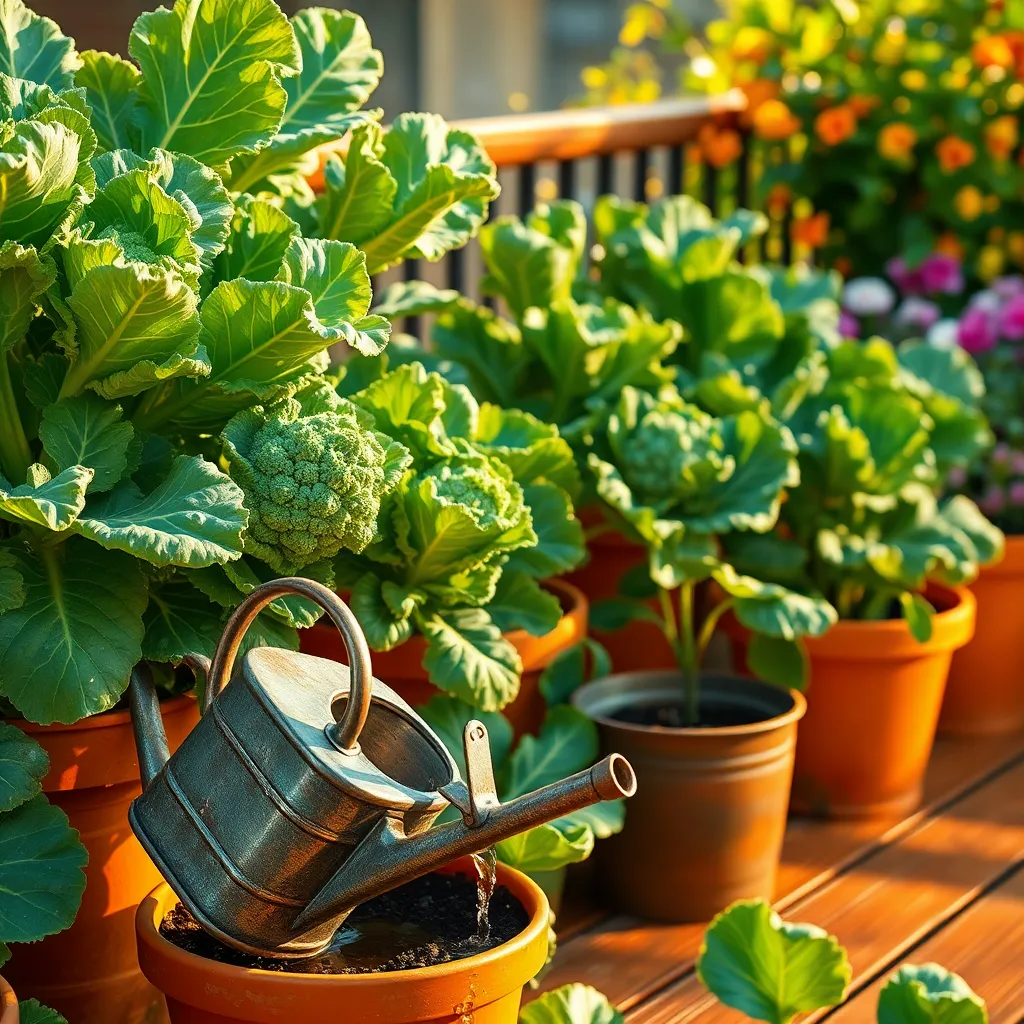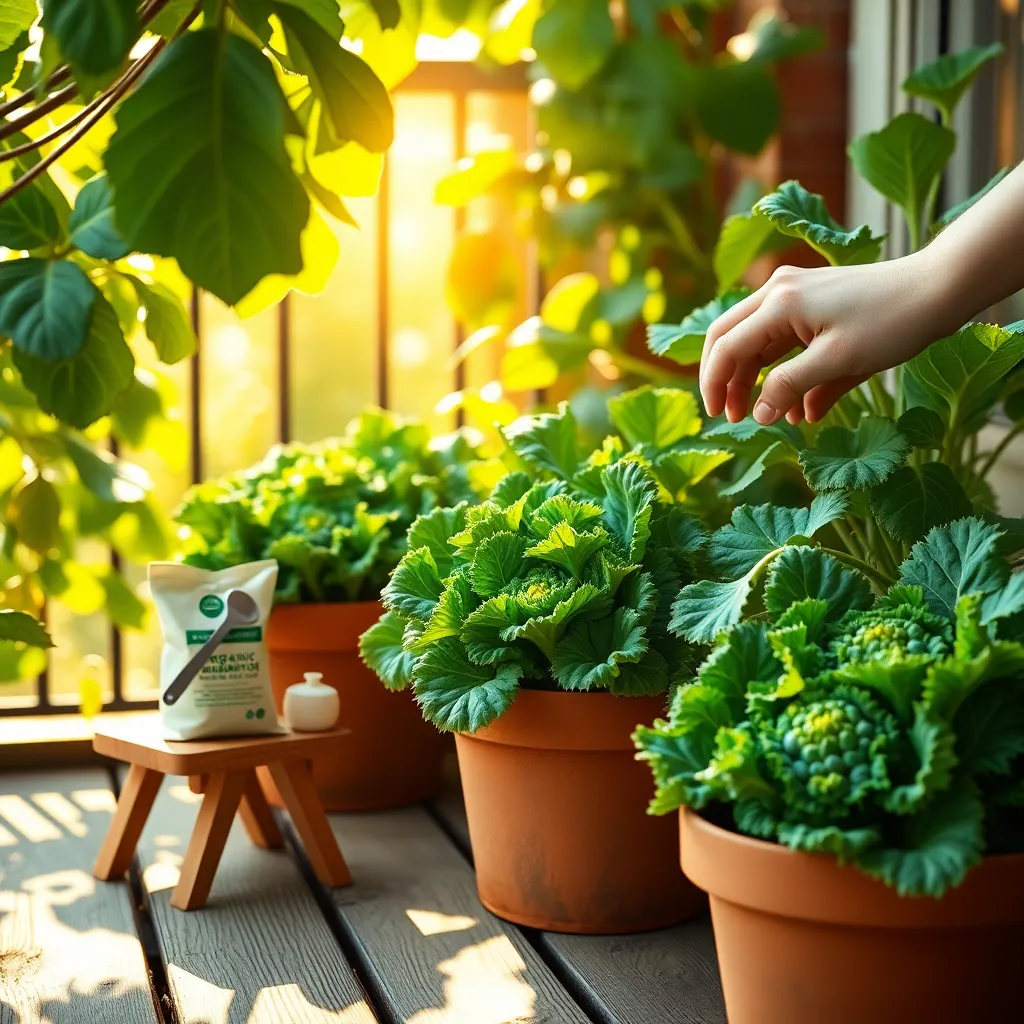There’s something undeniably rewarding about nurturing your own food, and growing broccoli in pots is a fantastic way to bring this joy to any space, whether you’re a city dweller with a balcony or a seasoned gardener looking to maximize your harvest. Broccoli, with its rich nutritional profile and delightful crunch, deserves a spot in your container garden, transforming even the smallest area into a productive oasis.
For those just starting their gardening journey, growing broccoli in pots offers a perfect entryway into the world of edible plants, providing both a manageable challenge and a delicious reward. Experienced gardeners will find that container gardening can extend their growing season and allow for creative experimentation with different varieties and growing conditions.
In this article, you’ll discover everything you need to cultivate vibrant broccoli plants right in your home, from selecting the right pot and soil to understanding the ideal watering and sunlight conditions. Whether you’re aiming for a bountiful crop or simply want to enjoy the process of watching your plants thrive, we’re here to guide you every step of the way with practical tips and expert insights.
Select Suitable Broccoli Variety

Choosing the right broccoli variety is crucial when growing in pots, as some types adapt better to container environments. Opt for compact varieties such as ‘Calabrese’ or ‘Mini Broccoli’ which are known for their small size and manageable growth habits.
Consider the climate and growing season when selecting your broccoli variety. For cooler regions, try ‘Di Cicco’ which performs well in mild temperatures and produces multiple harvests over time.
For gardeners in warmer climates, ‘Green Magic’ is an excellent choice due to its heat tolerance and ability to thrive in warmer conditions. This variety also has a shorter growing period, allowing for quicker harvests in regions with shorter cool seasons.
Ensure your pot is at least 12 inches deep to accommodate the roots of your chosen broccoli variety. Use a nutrient-rich potting mix with good drainage, incorporating elements like perlite or coarse sand to improve soil aeration.
Prepare Pot with Quality Soil

To grow healthy broccoli in pots, begin by selecting a high-quality potting mix that is rich in nutrients. A mix specifically formulated for vegetables, with good drainage and moisture retention properties, is ideal.
A balanced soil pH is crucial for broccoli to thrive, so aim for a pH level between 6.0 and 7.0. You can easily test and adjust the pH using a home soil test kit and amendments like lime or sulfur.
For added nutrients, incorporate a slow-release organic fertilizer into the potting mix before planting. This will ensure your broccoli has a steady supply of nutrients throughout its growth cycle.
Water retention is key in container gardening, so consider adding a small amount of perlite or vermiculite to the mix. These amendments improve aeration and help retain moisture, crucial for the development of healthy broccoli roots.
Sow Seeds at Correct Depth

When sowing broccoli seeds in pots, it’s crucial to plant them at the proper depth for optimal growth. Generally, broccoli seeds should be sown about 1/4 to 1/2 inch deep in the soil, as planting them too deep can impede germination.
Before planting, ensure the soil is loose and well-draining to allow easy root penetration. Use your finger or a small tool to make shallow holes in the soil, maintaining a spacing of about 3 inches between each seed to give the seedlings enough room to grow.
After placing the seeds in the prepared holes, gently cover them with soil and lightly tamp it down to ensure good seed-to-soil contact. This helps the seeds absorb moisture more effectively, which is essential for germination.
Water the soil gently but thoroughly after sowing to ensure it is evenly moist, which aids in seed germination. Be careful not to over-water, as this can cause the seeds to rot; instead, maintain a consistent moisture level by checking the soil daily.
Water Consistently and Adequately

Providing your broccoli plants with consistent and adequate watering is crucial for their health and productivity. Broccoli requires a steady supply of moisture, especially when growing in pots, as containers tend to dry out more quickly than garden beds.
To maintain optimal soil moisture, check the top inch of soil daily by sticking your finger into it; if it feels dry, it’s time to water. Aim to keep the soil evenly moist, but be careful not to overwater, as this can lead to root rot and other issues.
Using a drip irrigation system or a self-watering pot can be particularly beneficial for maintaining consistent moisture levels. These systems help prevent under-watering and over-watering, allowing the plants to thrive.
Experienced gardeners might consider adding a layer of organic mulch on top of the soil to help retain moisture and regulate soil temperature. Mulching also reduces water evaporation from the soil, meaning you’ll need to water less frequently while still providing sufficient hydration to your broccoli plants.
Monitor Growth and Apply Fertilizer

After ensuring your broccoli plants are well-watered, it’s essential to monitor their growth closely. Regularly check for signs of pests, nutrient deficiencies, or diseases, as these can hinder development.
Pay attention to the leaf color and structure, as these are indicators of plant health. Leaves should be a vibrant green; if they turn yellow, it might signal a nitrogen deficiency that needs addressing.
To support healthy growth, apply a balanced fertilizer every four weeks during the growing season. Choose a fertilizer with an N-P-K ratio like 10-10-10, which suits the nutrient needs of broccoli.
For those looking to optimize their growing conditions, consider using an organic fertilizer to improve soil health over time. Organic options like compost or well-rotted manure not only provide nutrients but also enhance soil structure and microbial activity.
When applying fertilizer, ensure you water it in well to prevent root burn and enhance nutrient absorption. Always follow the instructions on the fertilizer package for the best results, adjusting the amount based on your pot size.
Conclusion: Growing Success with These Plants
As we’ve explored the fascinating parallels between nurturing relationships and growing broccoli in pots, remember these five key concepts: patience, communication, adaptability, consistent care, and mutual growth. Patience allows love to develop deeply, communication nourishes understanding, adaptability helps navigate life’s changes, consistent care fosters a strong bond, and mutual growth ensures a thriving partnership.
To take immediate action, choose one of these concepts to focus on today. Perhaps start a heartfelt conversation with your partner or plan a small act of kindness that reinforces your connection. These small, intentional actions can sow the seeds for a flourishing relationship.
Don’t let these insights slip away; save this article as a handy guide for nurturing both your relationships and your green thumb. Bookmark it for easy access, allowing these principles to inspire and guide you whenever you need a gentle reminder.
As you embark on this journey of relational growth, envision a future where your relationships are as vibrant and fruitful as a well-tended garden. With dedication and care, you can cultivate bonds that stand the test of time, blooming with love and resilience. Let this be the season of nurturing and renewal in your relationships.
